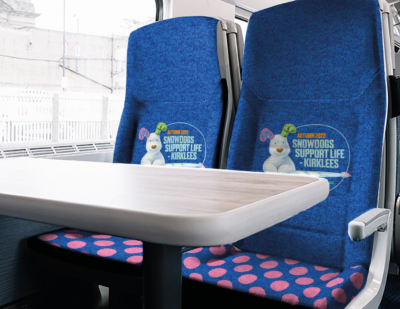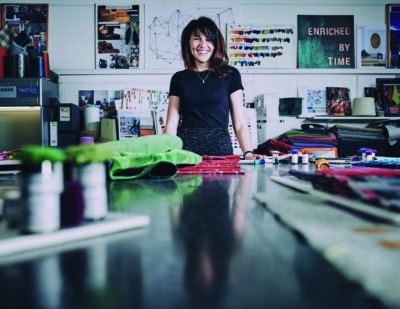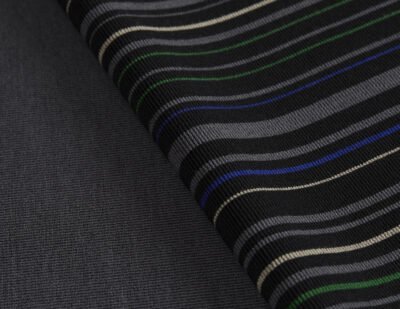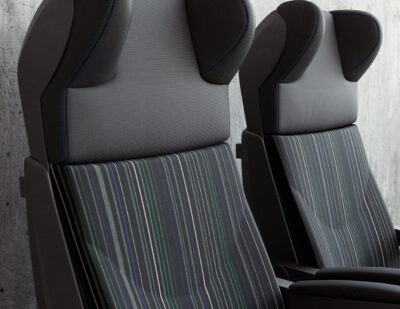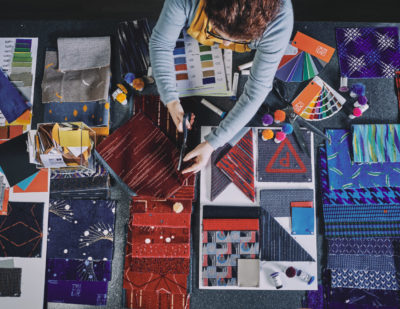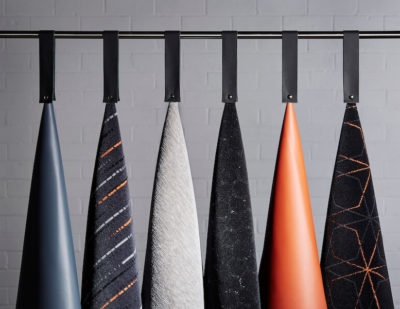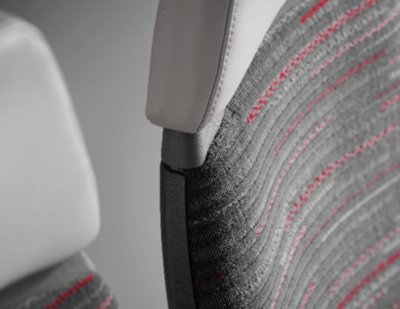The coronavirus pandemic has impacted almost every area of life – from the way we work to the way we shop, our daily routines are certainly looking very different from just a few months ago. However, whilst the places we go may have changed, the way we get to them, for many, has not.
Public transport remains a lifeline for millions of people worldwide, and whilst private travel has been preferable throughout the peak of the pandemic, more and more people are now returning to the trains and trams that are integral to them getting to where they need to be. So, Camira wanted to answer a few of the most common questions from operators, manufacturers and users on the most effective ways to keep safe whilst moving forward in the ‘new normal’.
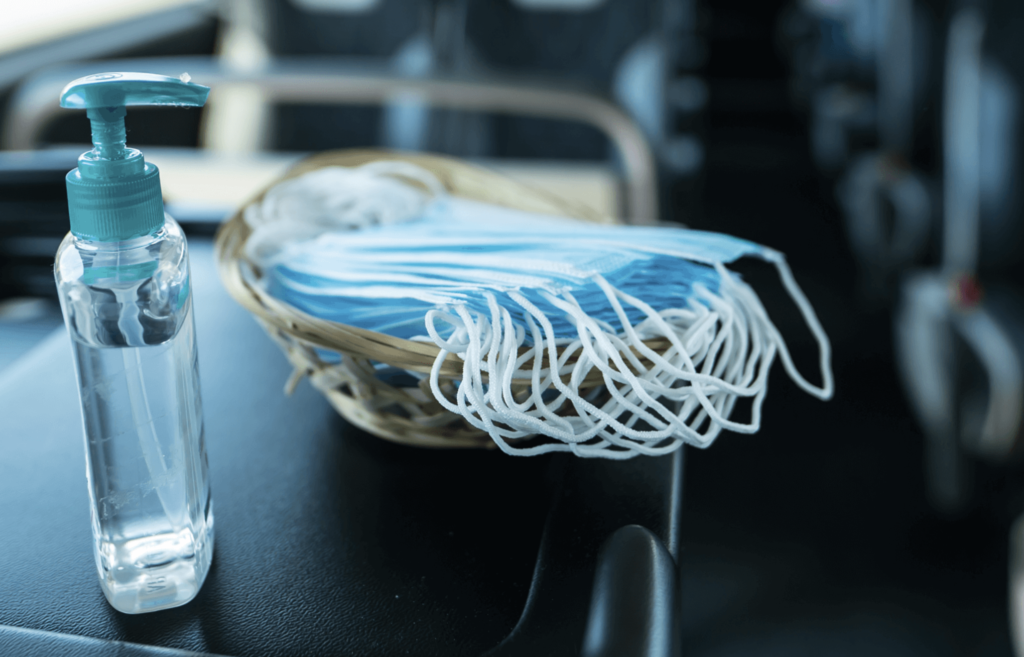
What are the risks of contracting coronavirus through public transport?
A number of recent studies have indicated that public transport poses a significantly lower risk than initially thought, with research performed in Paris, Tokyo and China all indicating that a minimal number of transmissions have thus far been traced back to rail or bus journeys. Indeed, in a July study by the journal Clinical Infectious Diseases, researchers analysed information from passengers who travelled on China’s high-speed G trains during the peak of the country’s outbreak, and found that the average rate of transmission for those travelling in close proximity to an infected person was 0.32%.
However, whilst the risk may be determined to be low, it is still present and it is therefore imperative to remain vigilant over travellers’ safety. As Dr. Shengjie Lai, a research fellow at the University of Southampton, commented on the CID study, “The findings suggest that during the COVID-19 epidemic it is important to reduce the density of passengers and promote personal hygiene measures, the use of face coverings and possibly carry out temperature checks before boarding.“
Wool moquette is one of the most popular choices for transport fabric – used everywhere from the London Underground to the Paris Metro – is this less sanitary than vinyl or leather?
Whilst the ‘wipe clean’ aesthetic of vinyl and leather may suggest that it is a preferable option for post-pandemic seating, a number of studies have revealed that hard surfaces are actually more effective at transmitting the virus than soft furnishings – with research published in the New England Journal of Medicine reporting that plastic is the surface on which the virus remains viable on for the longest, at up to 72 hours.
As it is thought that the virus can be transmitted less easily by fabric, wool moquette looks set to remain a popular presence on public transport in the years to come.
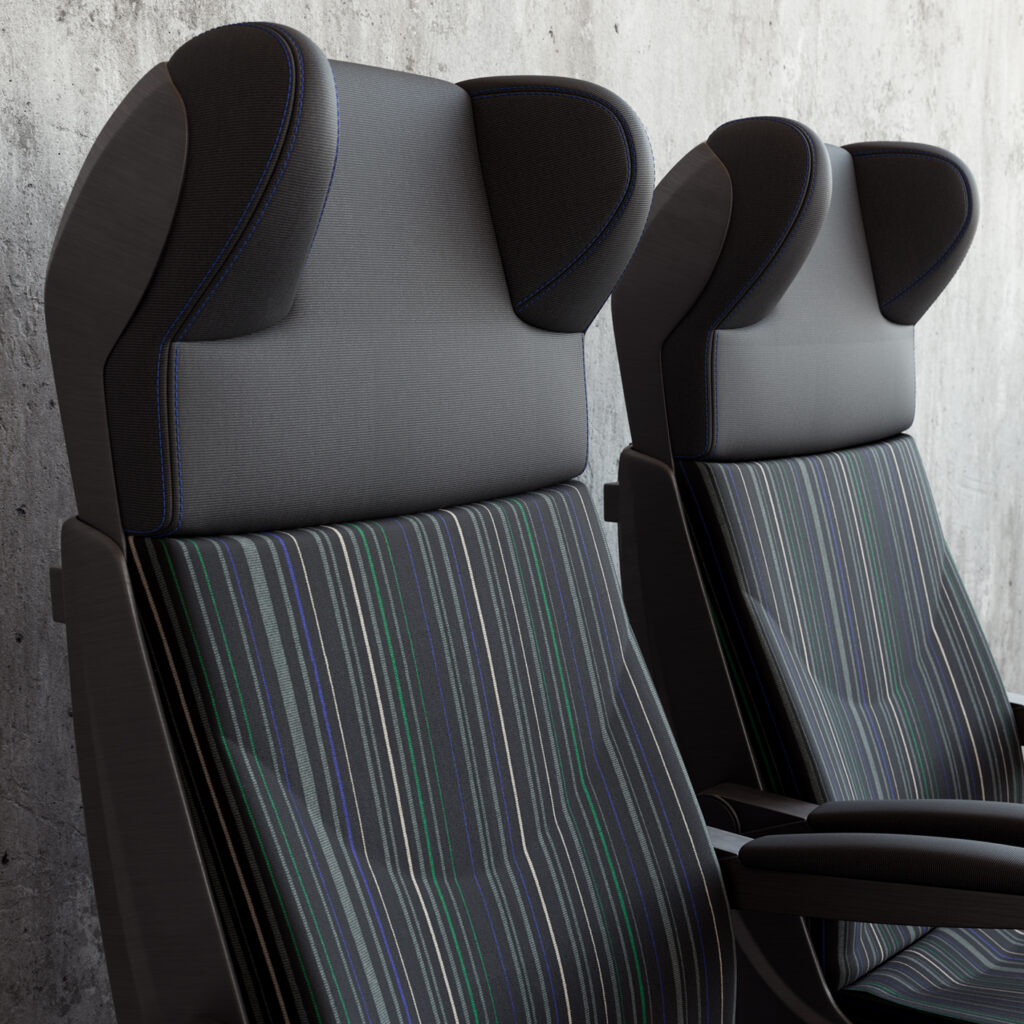
What are the most effective ways of disinfecting a vehicle’s upholstery?
Different upholstery options require different methods of disinfecting, here’s our quick reference guide on the best ways to keep your seating squeaky clean and super safe:
Wool loves steam: All natural, no chemicals. High pressure, high temperature water vapour not only disinfects, but also revives the inherent spring and elasticity of wool, so it looks far superior to other types of fabric when steamed.
Vinyl loves bleach: So do synthetics such as polyester, Trevira CS and polypropylene. Bleach is an everyday cleaner and disinfectant made from a solution of sodium hypochlorite, a chemical compound based on salt. It can be used at different concentrations for wipe down disinfection, killing all known germs – quick, convenient, safe.
Everything loves soap and water: Simple for both cleaning and disinfection. Gentle but effective. Not only good for hand hygiene, but equally good for upholstery, even on wool.
For specific disinfection recommendations by fibre and material type, click here. For ease of reference a separate matrix is provided by fabric name here.
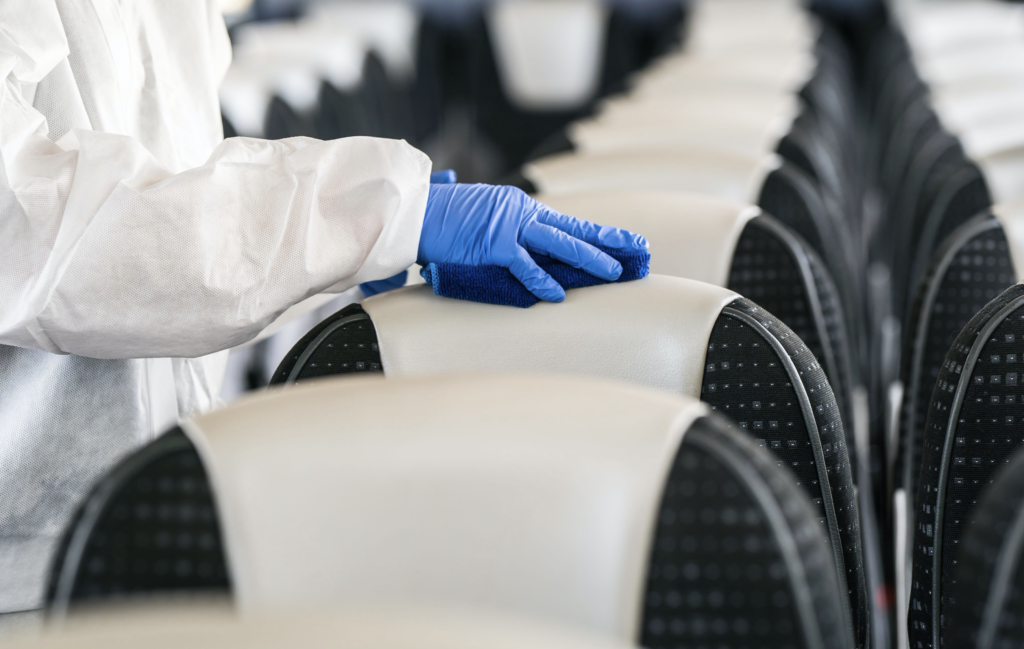
What are the key ways to stay safe on public transport?
Face masks, frequent hand sanitising and social distancing remain the most effective methods of preventing the transmission of coronavirus across all areas of life, including whilst travelling on public transport – so, keep covered, keep clean and keep apart for the safest journey possible.
We hope this has helped to clarify some of the issues surrounding coronavirus, transport and textiles, and if you have any further queries, or would like more advice, please don’t hesitate to contact our team at [email protected]
This article was originally published by Camira.

